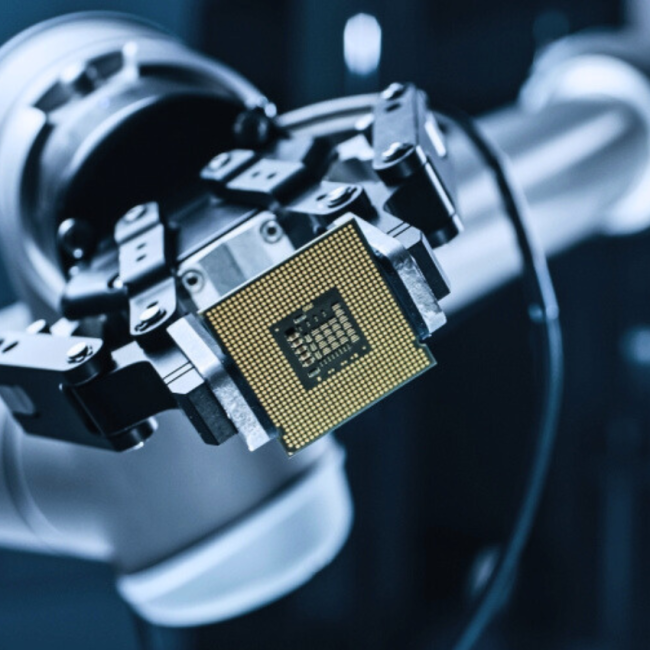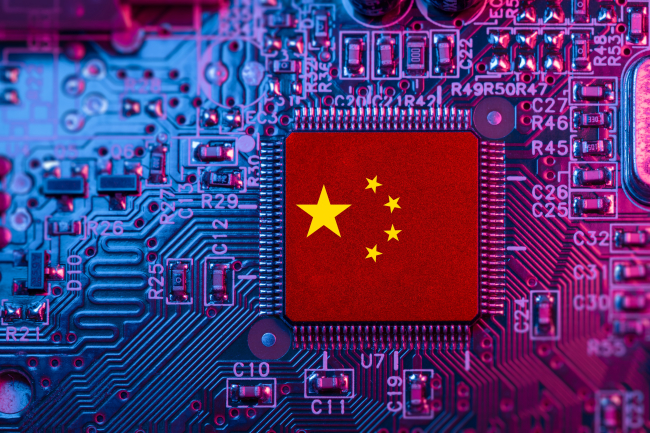The Technology Policies of Digital Middle Powers

Digital technology is an element of power in the international system as well as an area for competition among countries. The study provides a qualitative comparison of the technology policies of nine of the digital middle powers: Brazil, India, Israel, Japan, Kenya, Nigeria, Russia, South Korea, and the United Kingdom. It seeks to reflect the diversity of national technology policies, as well as to identify those countries’ convergences and divergences with Europe, the United States and China.

Considering the economic weight and political voluntarism of the U.S., China, and the EU, those three poles of power have received a lot of attention when it comes to their technology policies. This study aims to shift our gaze towards countries outside of the trio. Digital middle powers are those countries which are caught in the middle of the power play in an emerging multipolar international system where digital technology is a determining factor of power. It also refers to countries with established or growing clout in digital technology, and which are regional leaders or global ones in certain sectors.
Each case study introduces national technology and digital innovation ecosystems, data policies, and the state of digital infrastructure. These elements serve to examine the strengths of the country’s private sector in technology, the government’s regulatory capacity, and the degree of digital development. The chapters then look at how the digital domain is embedded in the broader dynamics of their bilateral relations with the U.S., the EU and China.
A first conclusion is that digital middle powers can usefully be differentiated between rising digital powers and established ones. Established digital powers have well-developed ecosystems, regulations and infrastructure, but they are all having to renew and re-focus their technology policies to remain relevant. By contrast, rising digital powers tend to have budding ecosystems in digital services and mobile applications, and large ongoing infrastructure development projects, albeit with limited or patchy regulatory capacity.
When it comes to foreign relations, the study confirms well-identified trends whereby the EU’s influence occurs chiefly through the elaboration of norms; the U.S.’s via the strength of its digital services and private sector investment, as well as strong bilateral security ties; while China’s growing influence is underpinned by large infrastructure projects. All the countries studied are attempting to balance their relations with U.S., China, and the EU. None, save for Russia, has outrightly “picked a side” and severed ties with one or two of the blocs.
Watch the video of the launch webinar: Digital Middle Powers: What Strategies in the Global Tech Competition?

Available in:
Regions and themes
ISBN / ISSN
Share
Download the full analysis
This page contains only a summary of our work. If you would like to have access to all the information from our research on the subject, you can download the full version in PDF format.
The Technology Policies of Digital Middle Powers
Related centers and programs
Discover our other research centers and programsFind out more
Discover all our analysesArtificial Promises or Real Regulation? Inventing Global AI Governance
The risks inherent to the unregulated use of AI, a key technology and vector of profound transformations within societies underline the pressing need to harmonize governance efforts at the international level. The Summit for Action on Artificial Intelligence to be held in Paris in mid-February could be an unprecedented timely occasion to agree on a global governance framework of AI for the public good.
AI, Data Centers and Energy Demand: Reassessing and Exploring the Trends
The information and communication technologies sector today accounts for 9% of global electricity consumption, data centers for 1-1.3%, and artificial intelligence (AI) for less than 0.2%. The growing energy demands of cloud services first, and now AI workloads (10% of today’s data centers electricity demand), have exacerbated this trend. In the future, hyperscale data centers will gain shares amongst all kinds of data centers and AI will probably account for around 20% of data centers electricity demand by 2030.
From nonproliferation to strategic competition: US export controls and China
Technological competition is at the heart of the renewed great-power competition that has characterized relations between the USA and China since the 2010s. The role of technological innovation in the evolution of power relations is already recognized in the literature of international relations. However, developments in US technology policy under the last two administrations raise the reverse question: how does the perception of changing power relations (in this case, Chinese technological catch-up perceived as a threat to US leadership) transform policies granting or denying access to technological innovation?
China’s Mature Node Overcapacity: Unfounded Fears
China is decoupling from, not flooding, the global mature-node semiconductor market. As China increasingly pursues industrial policies encouraging domestic chip production, its own growing chip demand will prevent a direct flood of cheap Chinese chips on foreign shores. However, as Beijing achieves its goal of decreasing the reliance of domestic downstream manufacturers on foreign chips, European and American mature-node semiconductor companies will feel the ripple effects of an increasingly “involuted” Chinese chip ecosystem.








